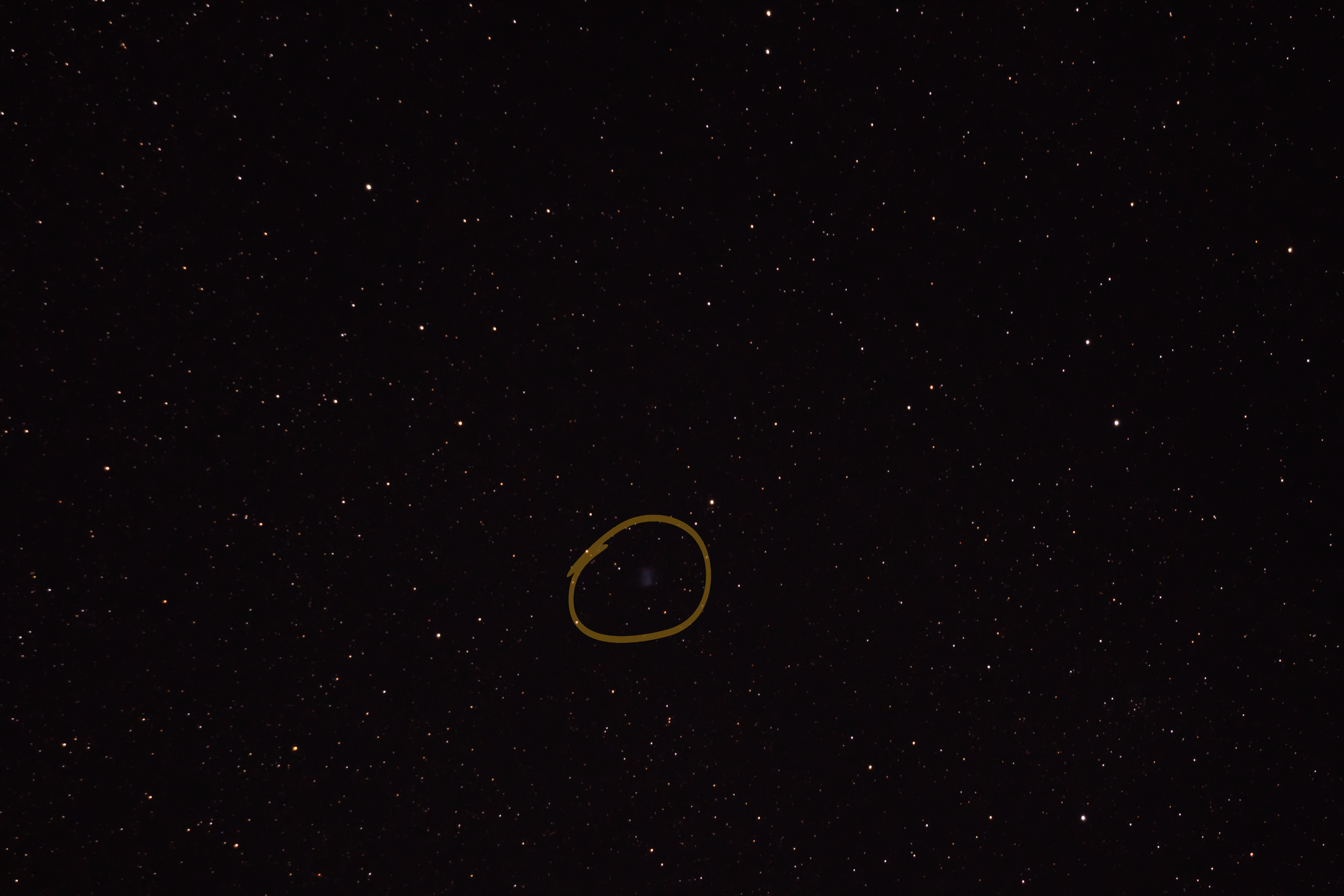M27 - Dumbbell Nebula
Type: Planetary nebula
Discoverer: Messier, 1764
Size: 3 ly
Distance: 1150 ly
Constellation: Vulpecula
My Notes: On November 3, 2020, I went to Branched Oak Lake. The sky was clear for the past 3 nights finally. Temperature was warm. I photographed this using my Fujifilm XT-4 mirrorless camera with a 100-400mm f4.5-5.6 lens and a 1.4x teleconverter. This was the first time I’ve used my new teleconverter for astrophotography. It causes the lens to lose 1 F stop. M27 was pretty high as it headed toward the western horizon. Started setting up around 7, but forgot laptop and wasn’t able to begin capturing until about 20:00 when my wife brought it to me. I used iOptron SkyGuider Pro for stabilization. The wind was gusting to 10mph which caused a lot of shake on my extended lens. Tried to mitigate by moving my car as a wind block. Ended up having to turn on Image Stabilization on camera which helped greatly. Not a problem like usual because I was using the SkyGuider. Very difficult to find the nebula. Could not see with naked eye nor with 10 x 50 binoculars. Was able to navigate to it using the constellation Sagitta and 14 Vulpeculae. Moon was bright, but didn’t affect capturing. Captured until ~23:00, but had to throw away last 1 hour of captures due to horizon bleed. Most shots suffered from wind wobble and were unusable. Ended up with 11 serviceable photos. Forgot to take Dark frames after capturing.
Messier Notes: On July 12, 1764, I have worked on the research of the nebulae, and I have discovered one in the constellation Vulpecula, between the two forepaws, & very near the star of fifth magnitude, the fourteenth of that constellation, according to the catalog of Flamsteed: One sees it well in an ordinary refractor of three feet & a half [FL]. I have examined it with a Gregorian telescope which magnified 104 times: it appears in an oval shape; it doesn't contain any star; its diameter is about 4 minutes of arc. I have compared that nebula with the neighboring starwhich I have mentioned above [14 Vul]; its right ascension has been concluded at 297d 21' 41", & its declination 22d 4' 0" north.
11 Frame Stack - Dark Median 120 sec at f/8.0 560mm (784eq) ISO 1000 Fujifilm X-T4 XF100-400mmF4.5-5.6 + 1.4x
M27 with brightness enhanced at 247mm (346eq)
M27 Historical Sketches



